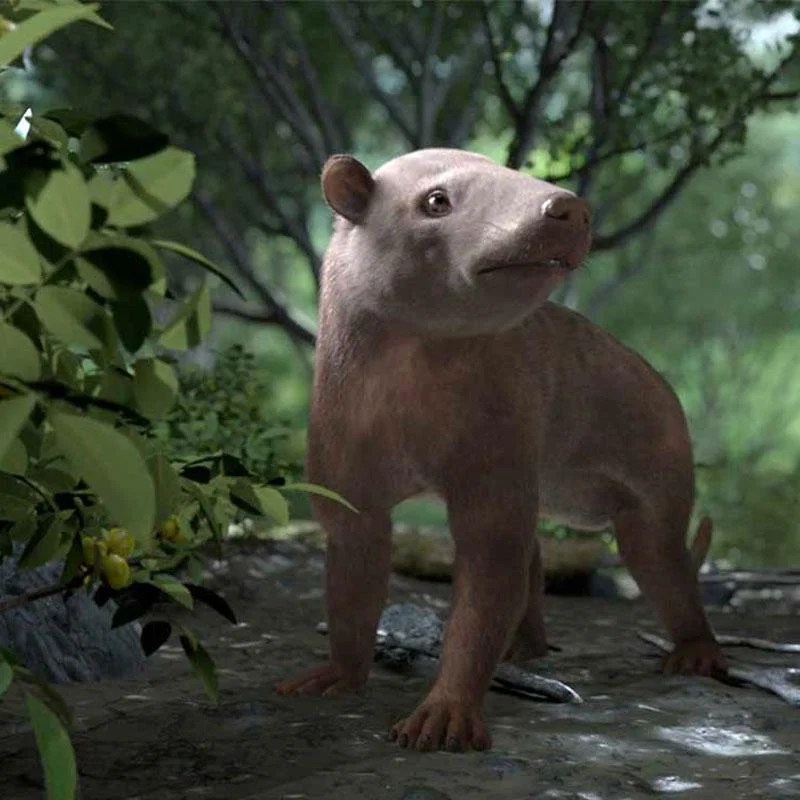Allele and phenotype frequencies in rock pocket – In the realm of population genetics, the investigation of allele and phenotype frequencies within rock pocket populations holds immense significance. This comprehensive analysis delves into the intricate dynamics that shape genetic variation, providing invaluable insights for understanding the evolutionary processes and conservation strategies surrounding these unique organisms.
The concept of allele frequencies, the relative abundance of different gene variants within a population, forms the cornerstone of our understanding of genetic diversity. In rock pocket populations, allele frequencies can vary significantly, influenced by factors such as genetic drift, selection, and gene flow.
These variations offer a glimpse into the evolutionary history and genetic structure of these populations.
Allele Frequencies
Allele frequencies represent the proportion of specific alleles within a population. In rock pocket populations, allele frequencies can vary significantly. For instance, in one population, the frequency of the dominant allele for a particular gene may be 0.7, while in another population, it may be only 0.3. These differences can be attributed to factors such as genetic drift, gene flow, and natural selection.
Factors Influencing Allele Frequencies, Allele and phenotype frequencies in rock pocket
- Genetic drift: Random changes in allele frequencies due to chance events, especially in small populations.
- Gene flow: The movement of alleles between populations, which can alter allele frequencies.
- Natural selection: The selective advantage of certain alleles, leading to their increased frequency in the population.
Phenotype Frequencies

Phenotype frequencies refer to the proportion of individuals with different phenotypes within a population. In rock pocket populations, various phenotypes may be observed, such as differences in coloration, size, or behavior. The relationship between allele frequencies and phenotype frequencies is not always straightforward.
For example, a recessive allele may be present in a population but not expressed in the phenotype unless homozygous.
Genetic Diversity

Genetic diversity refers to the variation in genetic material within a population. Measuring genetic diversity in rock pocket populations can be achieved through techniques such as microsatellite analysis or DNA sequencing. High genetic diversity is crucial for the long-term survival and adaptability of populations, as it provides a buffer against environmental changes and genetic disorders.
Population Structure
Population structure describes the genetic differentiation among subpopulations within a species. In rock pocket populations, population structure can be influenced by factors such as geographic isolation, habitat fragmentation, and mating preferences. Understanding population structure is essential for conservation efforts, as it can help identify genetically distinct groups that require targeted management.
Conservation Genetics

Conservation genetics plays a vital role in the management of rock pocket populations. Genetic data can inform conservation strategies by identifying genetically unique populations, assessing genetic diversity, and guiding captive breeding programs. For instance, genetic data has been used to prevent the interbreeding of genetically distinct rock pocket populations, ensuring their long-term viability.
User Queries: Allele And Phenotype Frequencies In Rock Pocket
What is the significance of allele frequencies in rock pocket populations?
Allele frequencies provide insights into the genetic diversity, evolutionary history, and potential for adaptation within rock pocket populations.
How do phenotype frequencies relate to allele frequencies in rock pocket populations?
Phenotype frequencies reflect the expression of different gene variants (alleles) in a population, influenced by both genetic and environmental factors.
What are the key factors that influence allele frequencies in rock pocket populations?
Genetic drift, selection, and gene flow are the primary factors that shape allele frequencies within rock pocket populations.